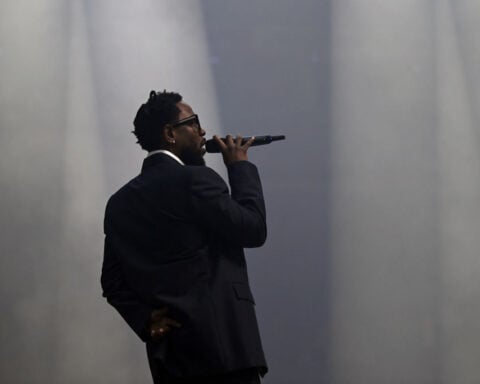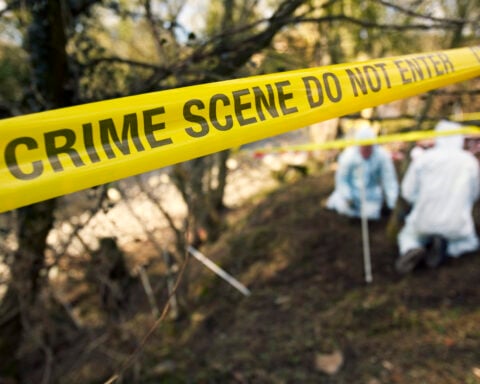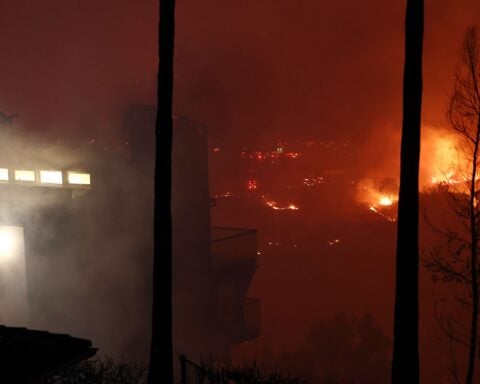Los Angeles has been a major cultural center thanks to venues such as the Hollywood Bowl, The Wiltern, Greek Theatre, Los Angeles Theatre, and Hollywood Palladium. Notable performances and cultural events have occurred in its famed theaters and concert halls, leaving an indelible mark on history.
Their unique architecture and rich histories have hosted unforgettable concerts, movie debuts, and star-studded events - propelling the city into an international entertainment epicenter. For almost a century, these landmarks have fuelled Los Angeles' ascent to become the world's entertainment capital.
The breathtaking shell-shaped outdoor stage of the Hollywood Bowl became a live music hotspot shortly after its 1922 founding. Tucked into the Hollywood Hills' natural amphitheater, it created an intimate yet dazzling showcase for performances.
Throughout the years, it has hosted performances by legendary musicians such as Ella Fitzgerald and The Beatles. Under the stars, the Hollywood Bowl creates an unparalleled dynamic environment with space for more than 17,000 enthusiastic fans.
The Hollywood Bowl came to emblemize Los Angeles' place at the apex of entertainment and music's flowering in the city. As the spiritual home of summer concerts, it continues to host everyone from the LA Philharmonic to pop sensations.
With equal fame for its flair and musical legacy, downtown LA's Wiltern Theatre shines as bright as its dazzling turquoise terra cotta tiles first gleamed in 1931. Its Art Deco architecture was radical for its time - a luminous beacon heralding a new era in LA's cultural landscape. Big band swing initially rocked its halls only to yield later to rock n' roll and punk by the 70s and 80s.
Renowned as much for its architecture as its ahead-of-its-time bookings, the Wiltern persists as a Los Angeles icon of endurance and artistic reimagination. The Wiltern stands today as an architectural marvel and a living memorial to Los Angeles' constantly evolving musical landscape.
Its resplendent auditorium has hosted all genres, from jazz to comedy. Throughout changes in tastes, the Wiltern has adeptly transformed itself to stay relevant. When the 80s punk scene was booming, bands like The Clash and the Ramones brought the house down with their energetic sets.
Like the Hollywood Bowl, the venerated Greek Theatre in Griffith Park owes its foundation to an architectural nostalgia – its intimate 5,700-seat, open-air stage modeled after ancient Greek theaters. Since its debut in 1929, the natural acoustics and idyllic setting of tree-lined hillsides have attracted all artists, from BB King to Bruce Springsteen.
Again cementing Los Angeles as a cultural melting pot, the Greek Theatre has billed itself as a "home for all music" over its illustrious tenure. Its rich history mirrors the diversity woven into the entertainment fabric of the city itself.
From folk to funk, its airy amphitheater sets the mood for an eclectic mix of acts through the decades. The Greek Theatre's embrace of creative experimentation echoes Los Angeles' welcoming of misfits chasing unlikely dreams on its sunny boulevards. Grand movie palaces also hold an integral position in LA's entertainment lore.
As the entertainment world gravitated West, picture palaces sprung up all over downtown Los Angeles in a dazzling display of Hollywood power and grandeur. The Los Angeles Theatre opened to much pomp in 1931 at the peak period of Hollywood's Golden Age allure. It stood as a striking exemplar of the extravagance and excess that categorized Tinseltown in its heyday.
Bedecked in Baroque trimmings and Victorian accents with a soaring gilded lobby, the palatial theater hosted gala events and movie premieres attended by the era's biggest stars like Marlene Dietrich and Charlie Chaplin.
As audiences tasted change post-war with the rise of independent cinema, the Los Angeles Theatre fell into decline, only to emerge later as a protected venue and event space. Contemporary concerts and screenings now fill its 1,600 seats, but the theater is a testament to Hollywood's glory days and the dazzling origins of Los Angeles's entertainment legacy.
No recounting of LA's iconic venues is complete without including the Hollywood Palladium. Holding firm on the Sunset Strip since 1940, the Palladium rocketed to fame quickly as the go-to venue for musical greats like the Tommy Dorsey Orchestra, Judy Garland, and Frank Sinatra.
Its unmistakable neon marquee and circular interior gave the Palladium an iconic look and energy, amplified by its reputation for rowdy punk shows in later decades.
Bands from The Rolling Stones to The Clash have all left sweat on its storied floorboards. Legends from James Brown to Bob Dylan have passed under its arched entrance on their way to infamy.
In 2016, the Palladium was declared a historical-cultural monument, commanding queues around the block when today's chart-toppers come to town. It represents both the progress of music and the city itself over the past 80+ years.
Beyond these five landmarks lie dozens more integral to Los Angeles' cultural heritage - the Shrine Auditorium, the Orpheum Theater, the Roxy Theater, and the El Rey Theatre, to name just a few.
This heritage of legendary venues scattered across Los Angeles pays homage to landmark events, ceiling-shattering performances, and musical icons converging to grant the city its entertainment mecca status.
LA's prized venues, from the Hollywood Bowl to the punk-fueled Palladium, have nurtured artistic experimentation and pushed musical boundaries over their centuries of existence. Their stages illuminate something profound and beautiful about the creativity and diversity woven into the cultural fabric of Los Angeles.
So, as long as promising musicians chase far-fetched dreams under the California sun, as long as maverick movie-makers push the boundaries of cinema on dusty backlots – the show on the many stages of Los Angeles will glitteringly, boisterously go on.
Los Angeles' famed concert halls and theaters have indelibly shaped the sights and sounds the world associates with entertainment for almost 100 years.
Standing as striking memorials to the legendary performances staged within their walls decade after decade, these venues promise to nurture artistic innovation in the city for years.

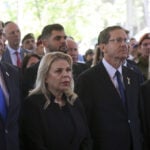 Israeli attorney general orders probe into report that alleged Netanyahu's wife harassed opponents
Israeli attorney general orders probe into report that alleged Netanyahu's wife harassed opponents
 Peru declares environmental emergency after oil spill
Peru declares environmental emergency after oil spill
 The strike against Amazon is over but Teamsters warn: ‘Stay tuned’
The strike against Amazon is over but Teamsters warn: ‘Stay tuned’
 Bad Bunny announces a new album, 'Debí Tirar Más Fotos'
Bad Bunny announces a new album, 'Debí Tirar Más Fotos'
 Column-Why US Congress restored Social Security benefits for public-sector retirees: Mark Miller
Column-Why US Congress restored Social Security benefits for public-sector retirees: Mark Miller
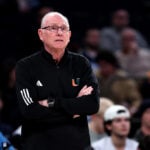 Miami Hurricanes men’s head basketball coach Jim Larrañaga steps down, cites NIL: ‘I’m exhausted’
Miami Hurricanes men’s head basketball coach Jim Larrañaga steps down, cites NIL: ‘I’m exhausted’
 Penn State offensive coordinator Kotelnicki's creativity has the Nittany Lions humming in the CFP
Penn State offensive coordinator Kotelnicki's creativity has the Nittany Lions humming in the CFP
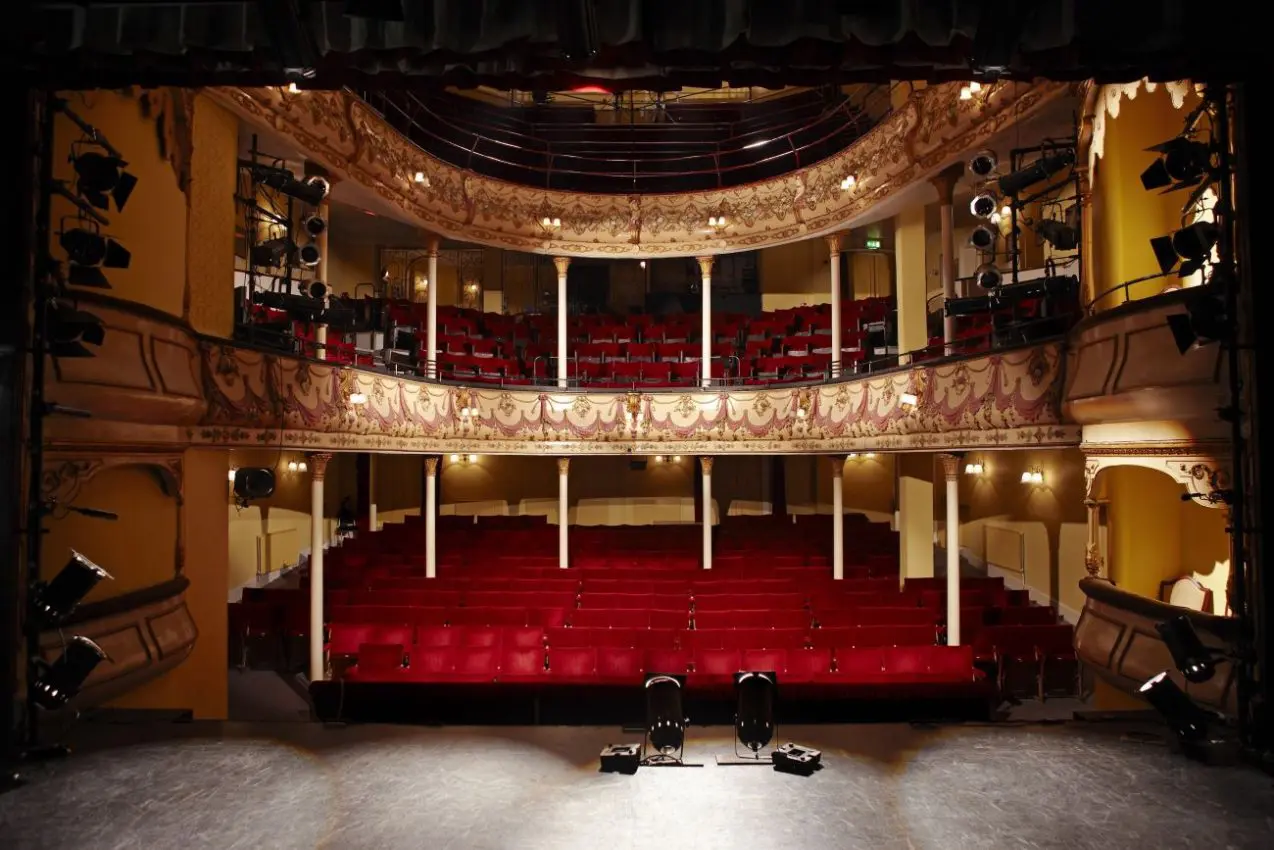 LA’s iconic entertainment venues
LA’s iconic entertainment venues
